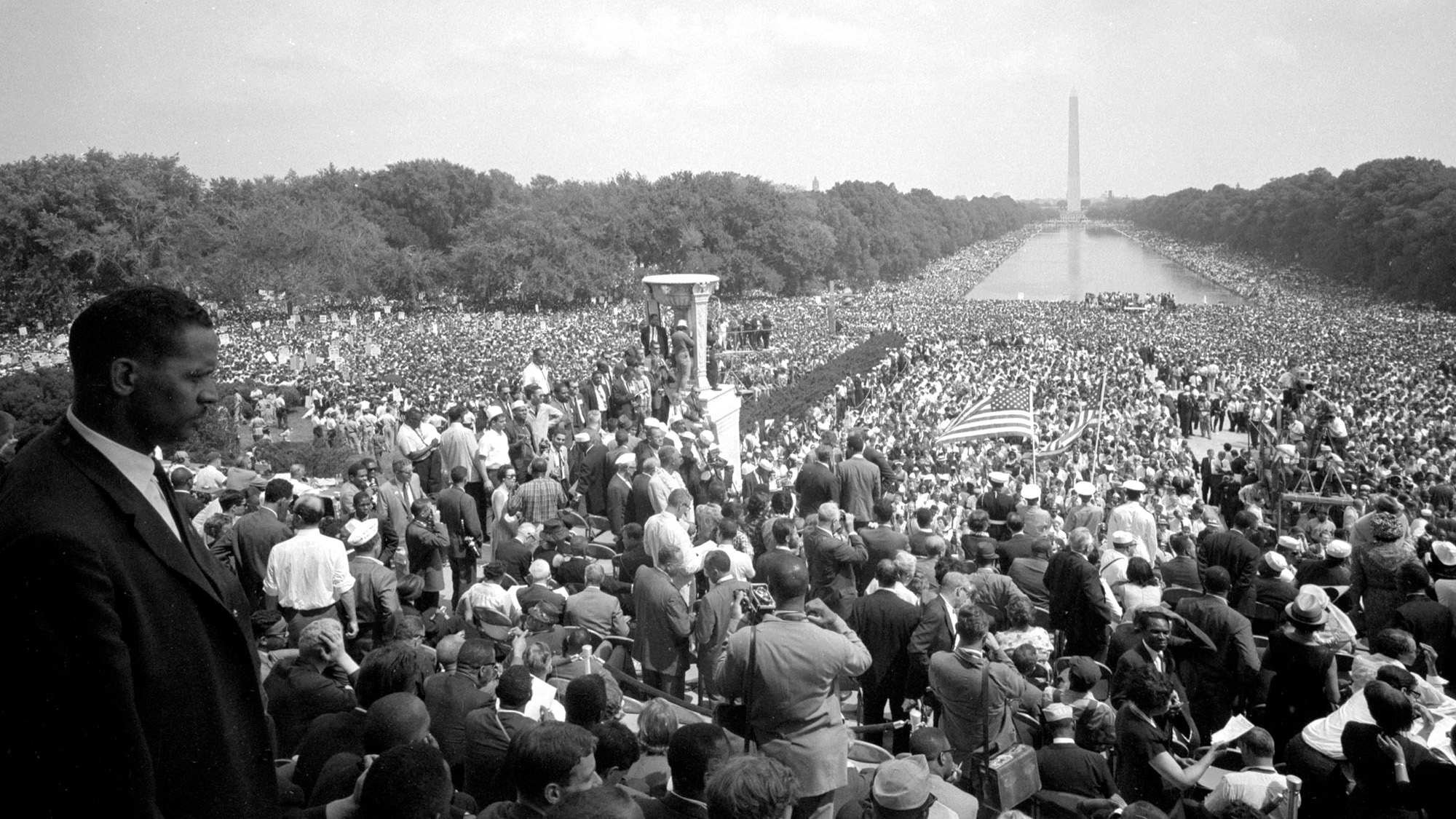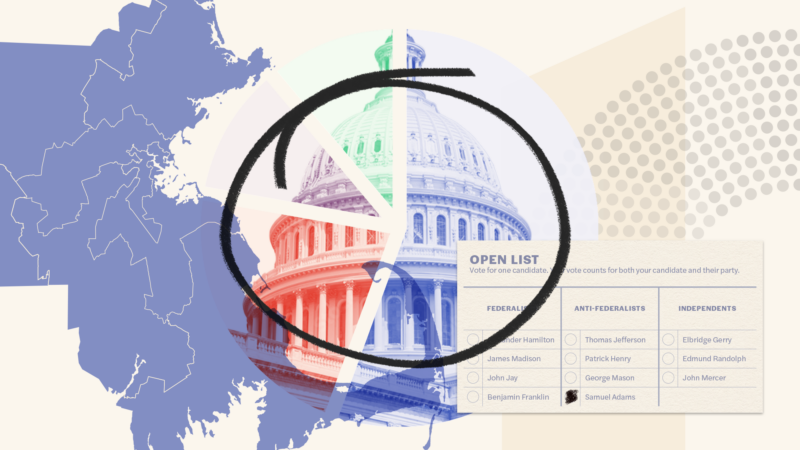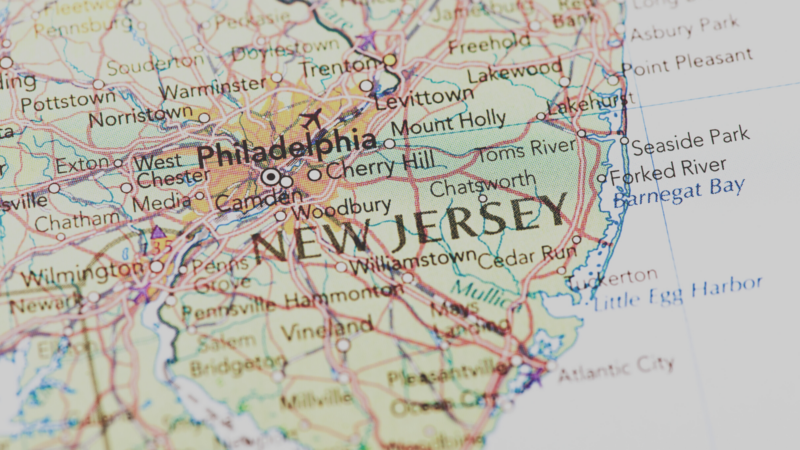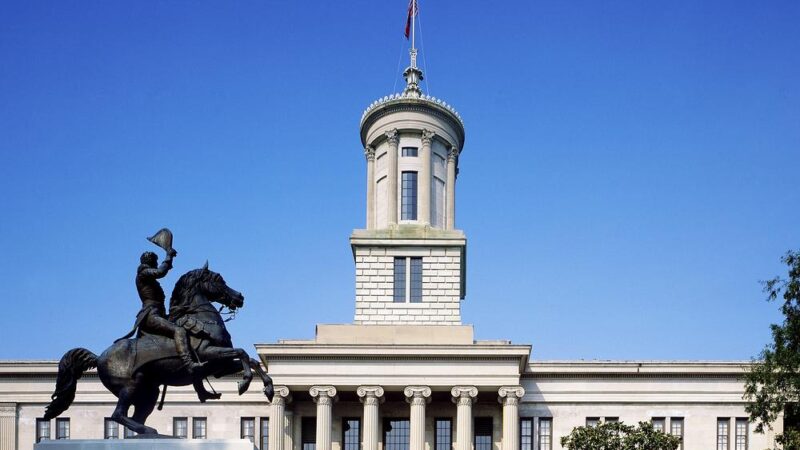More Than Red and Blue: Executive Summary
- October 5, 2023
From More than Red and Blue: Political Parties and American Democracy

The United States is not immune from the global trends challenging democracies. Like many other countries, American democracy is under pressure. In particular, political parties in the United States have emerged as a point of weakness, a vulnerability in the system rather than a bulwark of democracy.
The American Political Science Association (APSA) and Protect Democracy have partnered to support the APSA Presidential Task Force on Political Parties in summarizing for a general audience the existing political science research on responsible political party behavior. Leaders and parties who behave responsibly engage in institutional forbearance, refraining from using the full breadth and scope of their politically allocated power, when doing so would undermine the democratic system. They also adhere to the norm of mutual toleration, respecting one another as legitimate players in the political system. Today, American political parties fall short on both. We don’t pretend that both parties face equal challenges on this front – as many chapters indicate, the bulk of the problematic party behavior today comes from the contemporary Republican Party. But the research presented here can be applied to party responsibility across the ideological spectrum.
There is substantial skepticism of political parties in the United States, a feature of our political culture dating to the founding. Yet research on democracies around the world yields the consistent finding that political parties are an essential feature of nearly all large democracies.
What are the functions of political parties in democracies?What are the functions of political parties in democracies?
Political parties play a range of vital roles, especially in large, diverse democracies. These include:
- Connecting interests and groups together in coalition,
- Mobilizing voters and resources during campaigns,
- Organizing political ideas more coherently and providing a “brand” that voters can easily identify, simplifying decision-making and providing interparty accountability,
- Coordinating office holders to advance policies and provide effective governance, and
- Constraining individual politicians from acting against democratic norms and rules.
There are many ways in which political parties in the US are failing to fulfill these functions or doing so in ways that do not meet the standards of forbearance and mutual toleration inherent in responsible party behavior.
Americans do not express much trust in political parties, consistently ranking them below the police, judges, and even the legislatures which parties help to organize. In this, Americans are like citizens in other democracies. While extreme distrust of parties might weaken democracy, some skepticism is healthy, with various democracies taking measures to protect against parties that might threaten the democratic order.
How did we get here?How did we get here? What explains the current state of American political parties?
The US party system has changed several times throughout its history, moving from a set of elite groups organizing inside Congress and the Executive branch, to more mass-based parties. Over time the contours of the system have shifted several times, with different geographic, identity, and policy divisions distinguishing parties.
Several features and trends help to explain the current contours of the American party system and the party behavior within it:
- While partisan ties are connected to many factors, racial identification and racial views are a central feature of partisanship, even more so than in the recent past. This realignment has generated problematic electoral incentives and spurred efforts to restrict access to the democratic process to sway elections and entrench parties in power.
- American parties have always been remarkably permeable, providing opportunities for different groups to shape parties and for parties to reach out to new interests. But this permeability also raises the risk of party capture by antidemocratic actors.
- The innovation of party primaries democratized the nomination process but also lead to a loss of control of the party by its leaders. Party leaders have ways of influencing primary outcomes, but the significant coordination difficulties posed by the current campaign environment limits their ability to provide effective gatekeeping.
- Parties have become organizationally weaker due to the rise of the partisan news media and social media. Changes in campaign finance law have empowered groups at the expense of parties themselves, inhibiting the ability of parties to serve as gatekeepers against antidemocratic forces.
What’s to be done? What does political science tell us about possibilities for change?
While there is no single panacea, research offers insights into several potential avenues for change. These insights include:
- The accumulated body of research cautions against a Pollyannaish hope that voters will spontaneously realign the party system away from polarized divisions. Voters are far more driven by psychological dynamics favoring in-group bias and the two major parties have adopted mobilization strategies that interact with this tendency in different ways. Though still unlikely, there is some possibility for a partisan realignment around pro-democracy issues which could be fostered by various methods of reducing animosity among voters.
- Change could conceivably come not from voters writ-large, but from pressure via factions or from organized social movements. Such movements have a complex history of interaction with US political parties. Typically emerging when parties are not proactively addressing the concerns of some mass group, social movements are sometimes successful in reshaping parties, but at other times their influence is limited.
- Ultimately, parties’ behavior is driven by the incentives they face, so the surrounding institutional landscape may need to change as well. Electoral system reforms such as ranked choice voting or proportional representation can alter the incentives parties face and provide new opportunities to break gridlock and combat anti-democratic forces. Following the lead of states that have begun experimenting with a range of reforms could help create a less permissive environment for irresponsible behavior and democratic backsliding.
In sum, political parties in the United States operate in a social, political, and legal environment that leaves them vulnerable to capture by antidemocratic influences and frequently incentivizes irresponsible political behavior. Scholarship on these topics offers practitioners guidance for the challenges that will need to be met to successfully reform. The causes of parties’ current behavior are multifaceted. There is likely no single change that will address all of them, but there are paths forward.
The analysis, views, and conclusions contained herein reflect those of the author(s) and do not reflect the views of the American Political Science Association or Protect Democracy.
Related Content
Join Us.
Building a stronger, more resilient democracy is possible, but we can’t do it alone. Become part of the fight today.
Donate
Sign Up for Updates Sign Up for Updates
Explore Careers Explore Careers
How to Protect Democracy How to Protect Democracy



